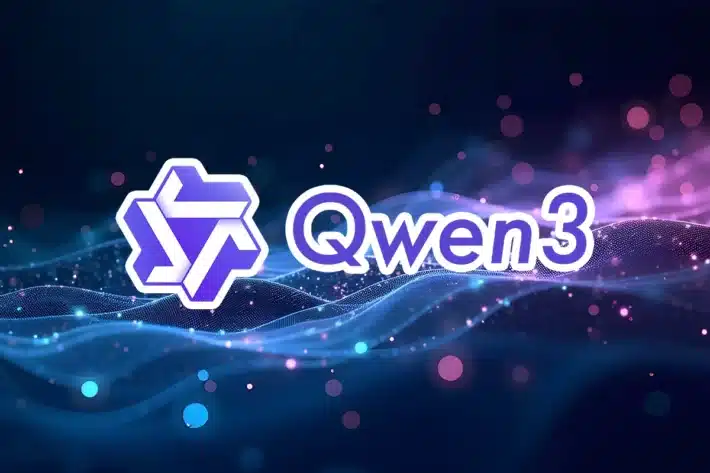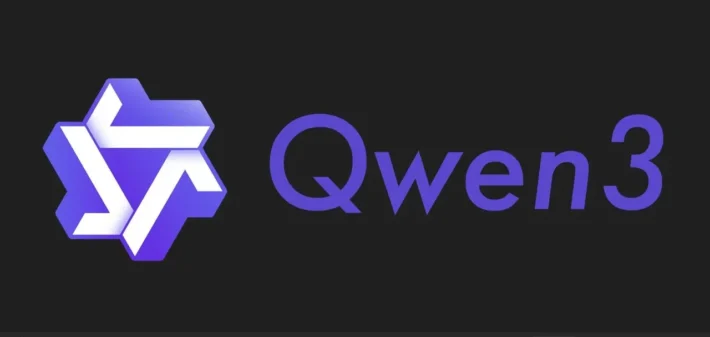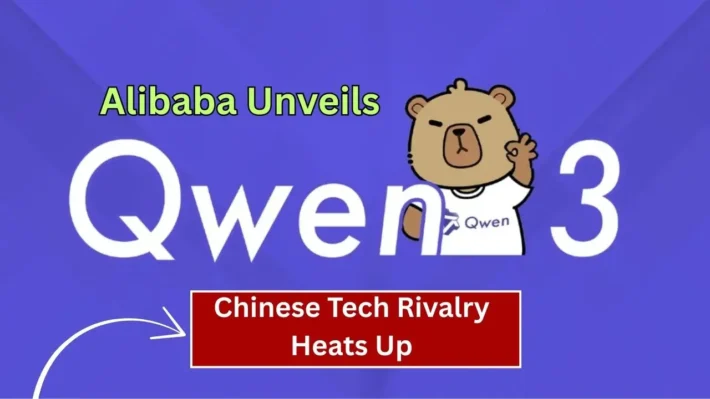Alibaba Unveils Qwen 3 AI Model, Escalating China’s AI Arms Race
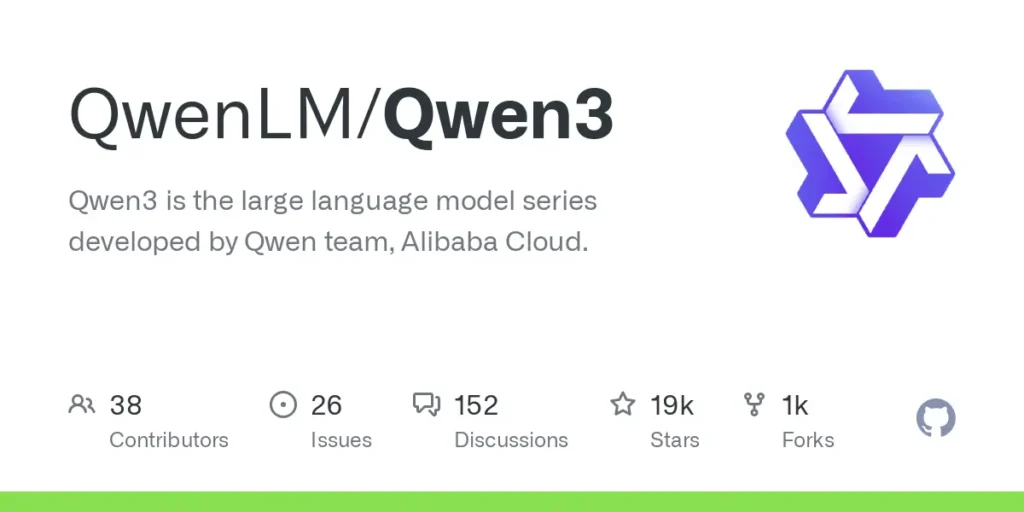
April 29, 2025 — Alibaba Group has launched Qwen 3, the latest iteration of its flagship artificial intelligence model, introducing advanced hybrid reasoning capabilities designed to enhance adaptability and efficiency for developers building applications and software.
Qwen3 models accessibled (or soon available) for download under an open license on platforms such as Hugging Face and GitHub. These models range in size from 0.6 billion to 235 billion parameters, with larger models generally showing superior problem-solving abilities due to their extensive parameter sets.
Key Features and Advantages of Qwen 3
Qwen3 supports 119 languages and has been trained on an extensive dataset containing approximately 36 trillion tokens. Tokens represent the basic data units processed by models; typically, 1 million tokens equate to around 750,000 words. The training materials encompassed textbooks, question-answer pairs, code snippets, and AI-generated data.
Compared to its predecessor Qwen2, Qwen3 demonstrates considerably enhanced performance. While Qwen3 models may not exceed top models like OpenAI’s o3 and o4-mini universally, they still provide competitive capabilities.
Specifically, the largest Qwen3 model, Qwen-3-235B-A22B, shows superiority over OpenAI’s o3-mini and Google’s Gemini 2.5 Pro on platforms like Codeforces, known for programming contests. This model also outperforms on complex math assessments such as AIME and BFCL. However, Qwen-3-235B-A22B has not been released for public use as of now.
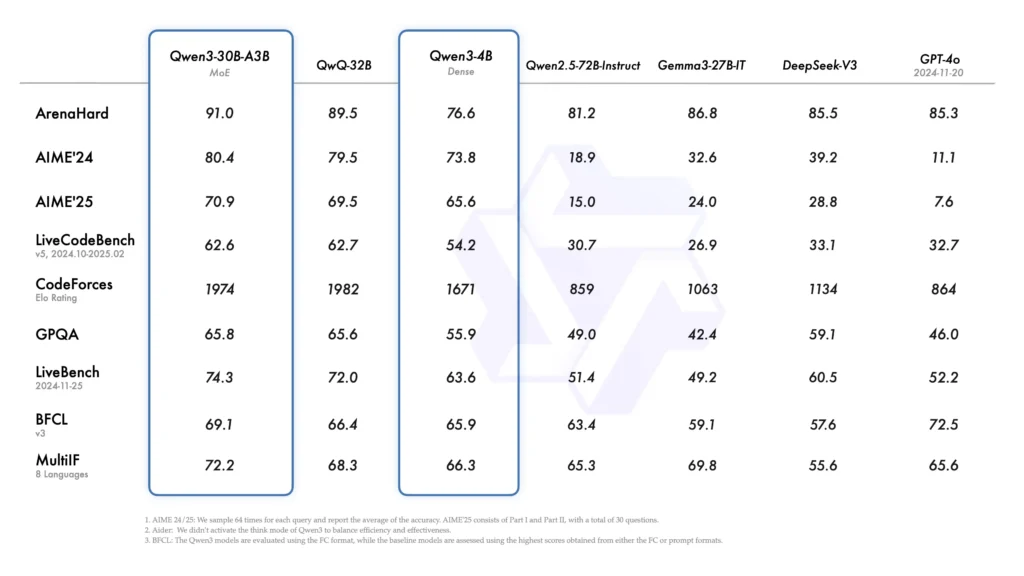
The most sizable publicly available Qwen3 model, Qwen3-32B, remains competitive against a variety of proprietary and open AI models, surpassing OpenAI’s o1 in several tests, including the coding benchmark LiveCodeBench. Alibaba asserts that Qwen3 “excels” in tool-calling capabilities and effectively follows instructions and replicates specific data formats. Qwen3 is also accessible through cloud providers like Fireworks AI and Hyperbolic.
Alibaba describes the Qwen3 models as “hybrid,” indicating their capacity to engage in deep reasoning for complex problems or handle simpler requests swiftly. This versatile reasoning ability, akin to OpenAI’s o3 models, allows them to self-fact-check, albeit with increased latency.
Strategic Context
The release of Qwen 3 comes amid intensified competition in China’s AI sector, spurred by the breakout success of local startup DeepSeek earlier this year. DeepSeek’s high-performing, cost-effective AI models have prompted major players like Baidu to escalate their AI efforts, unveiling advanced models such as Ernie 4.5 Turbo and the reasoning-optimized Ernie X1 Turbo.
Alibaba’s Qwen 3 continues its rivalry with DeepSeek, having previously introduced Qwen 2.5-Max shortly after DeepSeek’s breakthrough. The rapid innovation underscores the intensifying AI arms race among China’s tech giants.
Global Implications of Qwen 3
Alibaba’s Qwen series has been instrumental in the company’s strategic pivot towards AI, a move that has revitalized the company following regulatory challenges and market pressures in recent years. Under the leadership of CEO Eddie Wu, Alibaba has consolidated its AI vision, reallocating resources and selling off non-strategic assets to focus on AI development.
The launch of Qwen 3 not only signifies Alibaba’s commitment to AI innovation but also highlights the broader trend of China’s tech giants vying for dominance in the AI sector. As AI becomes increasingly integral to various industries, developments in China’s AI landscape are poised to have global implications.
Getting Started
Developers can access Qwen 3 API through CometAPI. To begin, explore the model’s capabilities in the Playground and consult the API guide for detailed instructions. Note that some developers may need to verify their organization before using the model.

